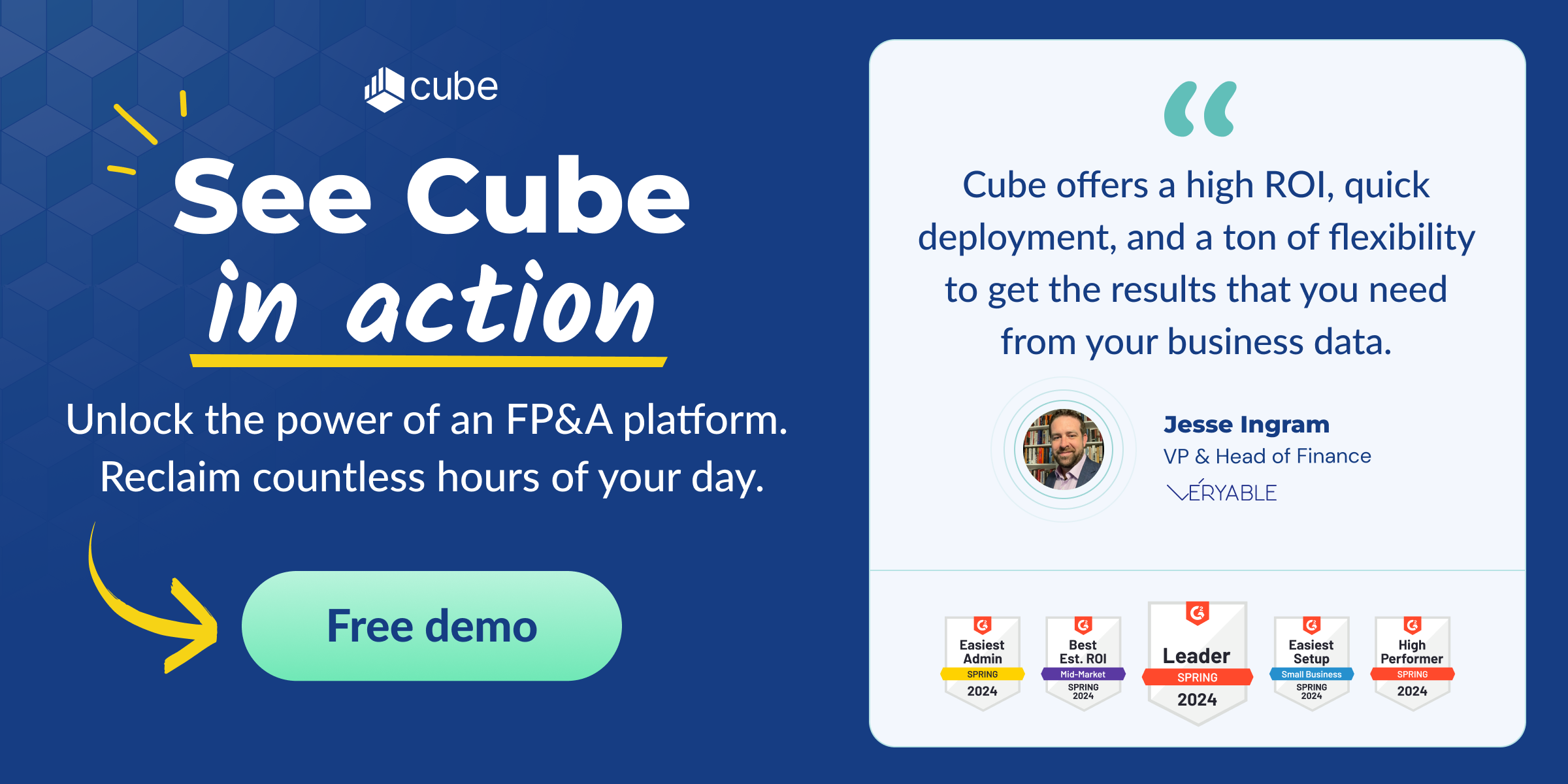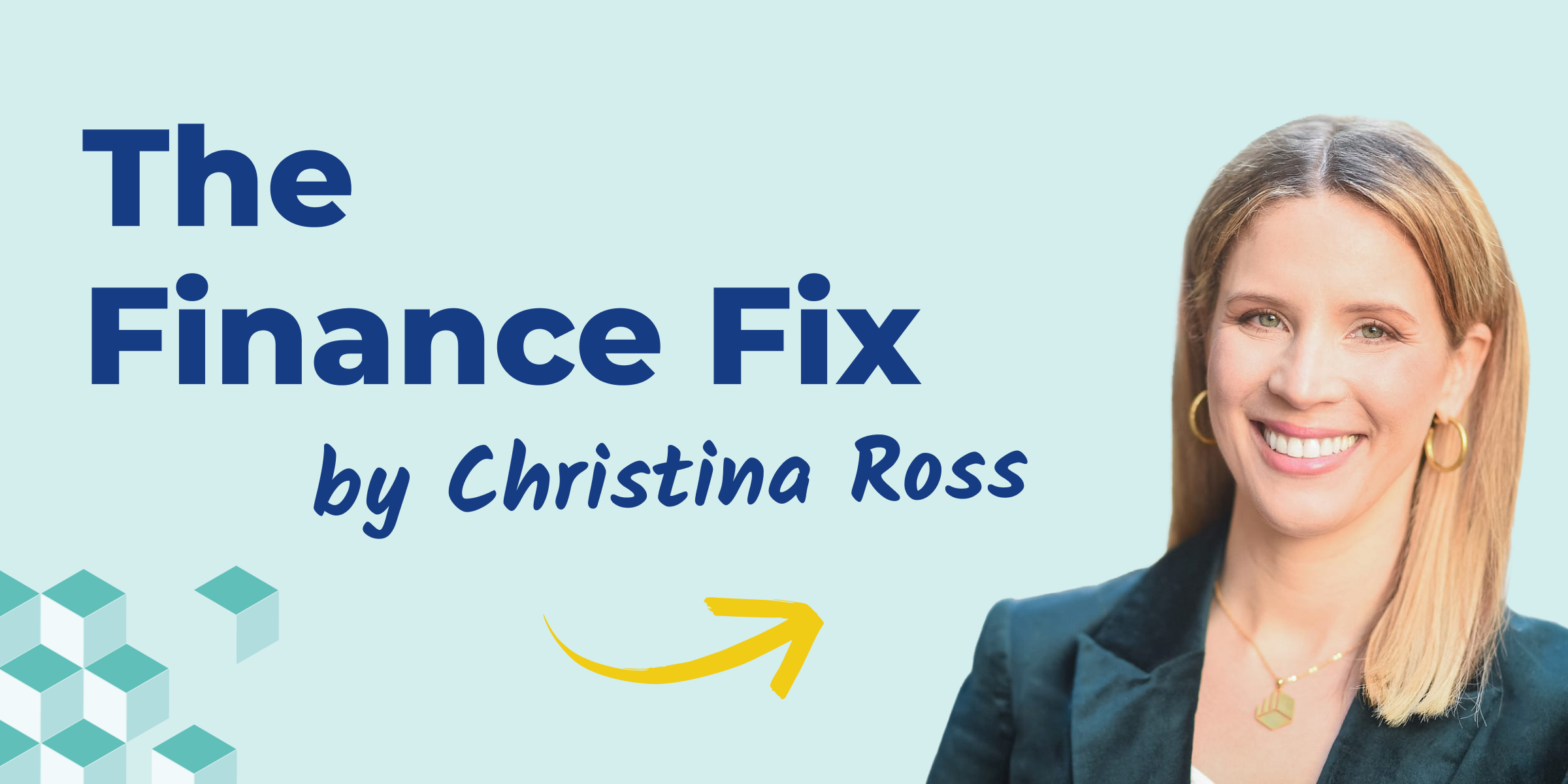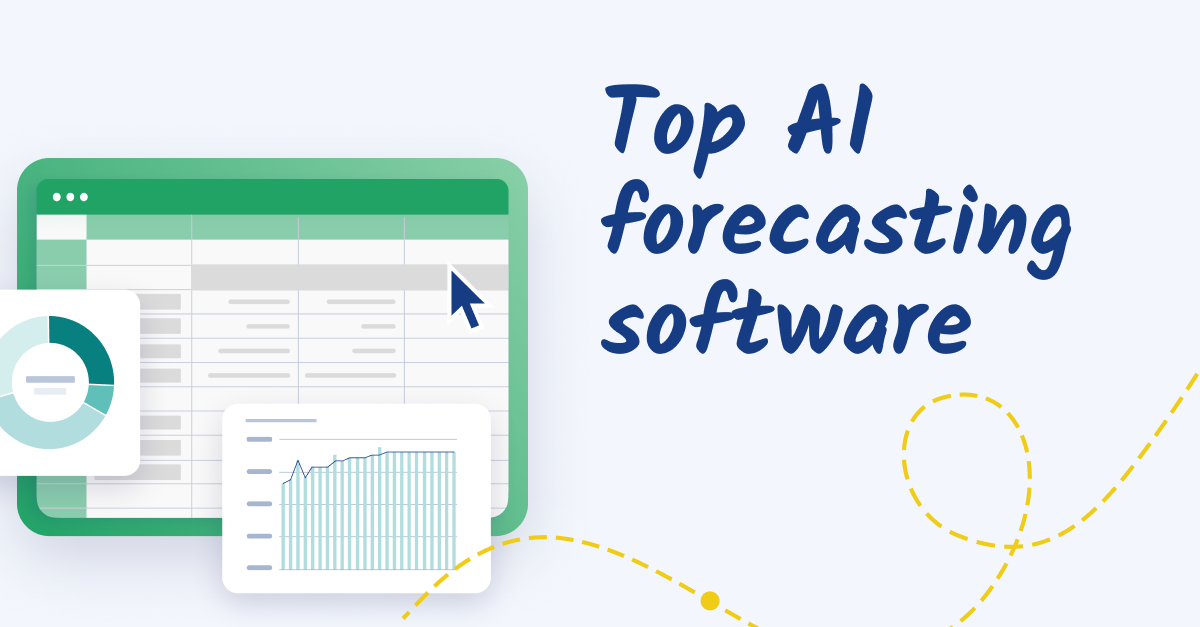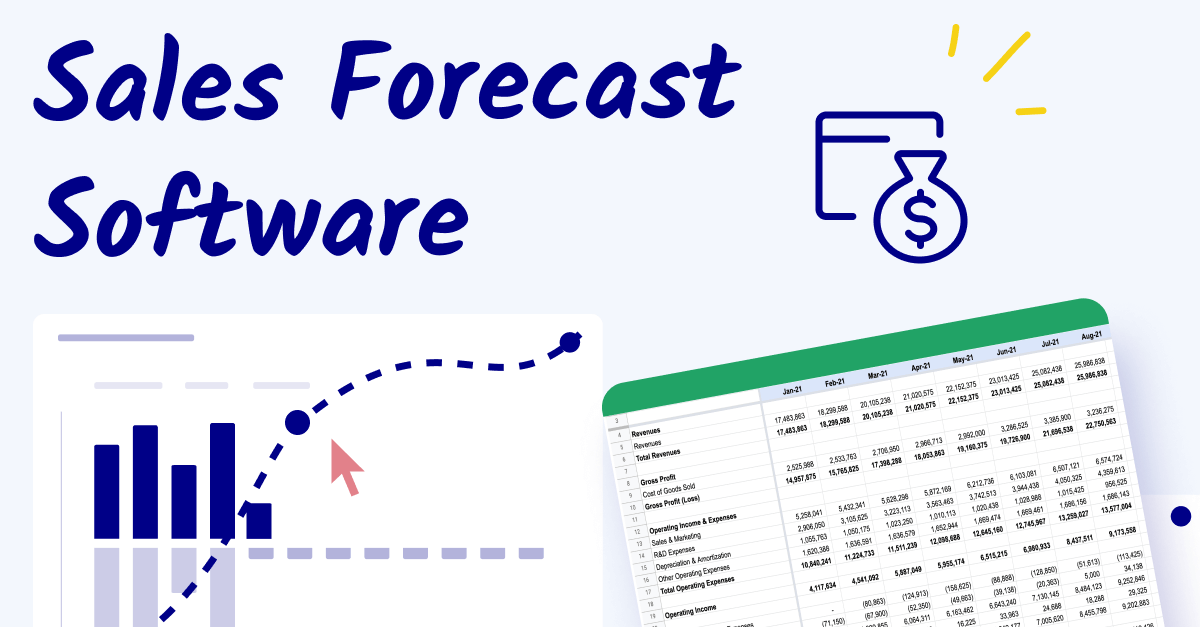What is demand forecasting?
Demand forecasting predicts future customer demand using historical data, market trends, and analytics. Why is this so important? Imagine you’re a CFO preparing next year’s budget. Without demand forecasting, you’re essentially guessing how much inventory you’ll need, how many staff members to hire, or whether a new product launch will hit its revenue targets.
Accurate demand forecasting helps align every department toward shared goals, whether it’s hitting revenue targets or cutting down on wasted resources.

Types of demand forecasting
Different situations call for different approaches to forecasting. Here are a few variations that can help you predict demand based on your situation:
Passive demand forecasting
Passive demand forecasting uses historical sales data to predict future demand, assuming sales this year will closely mirror last year’s performance. It’s a simple and reliable method for businesses that prioritize stability over growth with consistent sales patterns. Finance leaders can use this type to build forecasts quickly when time or resources for more complex models are limited.
Short term projections
Short-term projections focus on the next three to 12 months to help businesses stay flexible in their planning. This approach is used for managing just-in-time supply chains or adapting to real-time changes in customer demand. Finance leaders with rapidly changing product lines or seasonal peaks can use short-term projections to make quick, data-driven decisions without overcommitting resources.
Active demand forecasting
Active demand forecasting uses market research, marketing plans, and growth strategies to predict future demand. It’s particularly valuable for startups or businesses in growth phases where historical data may be limited and external factors like economic trends or sector growth projections are preferred. Finance leaders can use this model to make strategic decisions about expansion or resource allocation based on a forward-looking view of the market.
External macro forecasting
External macro forecasting examines broader economic trends and their potential impact on your business goals. This type of forecasting helps finance leaders factor in supply chain challenges, raw material availability, and market shifts to make accurate projections. Understanding external forces allows you to stay proactive and prepared for changes in the market.
Long-term projections
Long-term projections look one to four years ahead to help finance leaders shape their company’s growth trajectory. They serve as a roadmap for planning marketing strategies, capital investments, and supply chain operations to prepare for future demand. Aligning long-term forecasts with business goals allows you to position your organization for sustainable growth proactively.
Internal business forecasting
Internal business forecasting evaluates your operations to ensure you can meet both customer demand and growth targets. This model highlights internal limitations—like cash flow, profit margins, or personnel—that might slow down expansion. Finance leaders use it to align internal capacity with projected growth.
Why use demand forecasting software?
Demand forecasting software streamlines the forecasting process so you can plan smarter and avoid surprises. Instead of manually crunching numbers on spreadsheets or making educated guesses, these tools give you clear, reliable insights to guide your decisions.
They can help:
- Optimize your inventory: Know exactly what to stock and when, so you’re not overfilled with unsold products or scrambling to restock.
- Smooth out your supply chain: Avoid delays by planning ahead for raw materials and high-demand periods.
- Simplify budgeting: Use precise forecasts to set realistic budgets and allocate resources where they can make the best impact.
- Save time and effort: Let the software handle the calculations so your team can focus on the overall strategy.
In the next section, we’ll explore some of the best demand forecasting software solutions available. While some tools specialize exclusively in demand forecasting, others, like FP&A platforms, provide financial forecasting and scenario modeling capabilities that enhance and complement demand forecasting efforts. The key is finding the right solution that fits your organization's needs.

The best demand forecasting and planning software
Here’s a look at some of the top solutions to help you find the best fit for your needs.
1. Cube
.png?width=228&height=66&name=blue-cube-logo%20(1).png)
Cube is a spreadsheet-native FP&A platform that streamlines financial forecasting and scenario planning, helping finance teams adjust budgets and resource allocation based on demand fluctuations.
Unlike dedicated demand forecasting tools that focus on inventory and supply chain logistics, Cube enables finance teams to budget for changing demand, model financial scenarios, and integrate demand-driven insights into financial planning. If your priority is understanding revenue trends, aligning costs with demand, and preparing for market shifts, Cube offers a faster, more flexible alternative to complex forecasting platforms.

Pros:
- Finance-first forecasting: Helps FP&A teams align budgets, cash flow, and resource planning with demand trends
- What-if scenario modeling: Simulates different demand conditions to assess financial impact
- Automated data consolidation: Reduces manual work by pulling in real-time data from ERP, CRM, and accounting systems
- Seamless spreadsheet integration: Works directly with Excel and Google Sheets, eliminating the need for a steep learning curve
- Faster implementation: Onboards in weeks, not months, compared to complex enterprise solutions
Cons:
- Not a dedicated demand forecasting tool
- Works best for mid-sized businesses—it’s not a personal finances app
- Doesn't provide multilingual support as of this article’s publishing date
Pricing: Custom pricing starts at just $2,000/mo
See Cube in action.
2. Anaplan

Anaplan is a cloud-based platform that offers demand planning solutions to help businesses anticipate and manage demand fluctuations. It integrates internal and external data to provide real-time insights and enables companies to adjust their supply chain strategies accordingly. Anaplan's platform supports scenario planning and predictive analytics so that users can make financial decisions.

Pros:
- Allows users to access data from anywhere
- Improves forecast accuracy
- Offers a beginner-friendly interface
Cons:
- Requires in-depth training and support, making it difficult for new users to learn
- Demands a challenging implementation process, often involving third-party consultants and taking over a year in complex cases
- Has a higher price tag compared to some software on this list
Pricing: Pricing is not publicly available
3. Board

Board offers enterprise-grade demand planning software to handle planning processes for large businesses. It facilitates collaboration across global teams and leverages data to identify external market drivers impacting demand plans. The platform uses financial planning and reconciliation to help enterprises align supply with demand.

Pros:
- Designed for both C-suite and analyst-level users
- Integrates planning, simulation, and analytics for demand management
- Utilizes AI and machine learning
Cons:
- Users report a lengthy onboarding process and a steep learning curve
- Limited training resources and documentation available
- Too large for most small to mid-sized companies
Pricing: Pricing is not publicly available
4. Workday Adaptive Planning

Workday Adaptive Planning offers demand and supply planning solutions for analyzing and sharing demand and supply plans. The platform uses machine learning for forecast accuracy and supports driver-based modeling for flexible scenario analysis. Workday can manage asset and labor mix, inventory and supply forecasting, and distribution planning.

Pros:
- Suitable for large enterprises
- Speeds up financial consolidation and financial close
- Integrates with existing Workday solutions
Cons:
- Has high implementation costs
- Has a high learning curve
- May not be financially sustainable for small and midsize FP&A team
Pricing: Pricing is not publicly available
5. Wrike

Wrike provides resource management tools to help teams allocate, track, and manage resources within projects. Its features include workload views and resource allocation tools. Wrike's platform works with Gantt charts, Kanban boards, and time tracking to support project planning and execution.

Pros:
- Consolidates resource management in one application
- Offers customizable dashboards for different teams or departments
- Offers 24/7 user support
Cons:
- Presents a steep learning curve
- Users report that the interface is not beginner-friendly
- Initial training can be lengthy due to the number of features to learn
Pricing:
- Free: $0
- Team: $10/mo per user
- Business: $24.80/mo per user
- Enterprise: Pricing is not publicly available
- Pinnacle: Pricing is not publicly available
6. SAP Advanced Planning and Optimization

SAP Advanced Planning and Optimization is a supply chain management tool that offers modules for demand planning, supply network planning, production planning, and global available-to-promise (ATP) capabilities. SAP APO helps with forecast accuracy, resource utilization, and supply chains. It can also provide reliable sales order confirmation dates for accurate tracking.

Pros:
- Increases forecast accuracy
- Minimizes inventory buffers
- Provides an easy-to-understand view of the supply network
Cons:
- Aimed more for enterprises, not small to mid-sized companies
- Dashboards may not be visually appealing
- Limited training materials for new users
Pricing: Pricing is not publicly available
Choose the best demand forecasting software for streamlined planning
The right software helps you anticipate demand trends, optimize resource allocation, and align financial planning with your company’s goals.
If your priority is financial forecasting and budgeting that adapts to demand shifts, Cube is a great fit. Cube empowers finance teams by automating data consolidation, enabling scenario modeling, and providing real-time insights—right within Excel and Google Sheets.
Book your free demo with Cube today.



.png)




![The 6 best demand forecasting and planning software solutions [2025]](https://www.cubesoftware.com/hubfs/Blog%20image%20%2889%29.png)


.png?width=228&height=66&name=blue-cube-logo%20(1).png)





![Best strategic planning software for CFOs [2025 review]](https://www.cubesoftware.com/hubfs/Strategic-Planning-Software%20%281%29.webp)